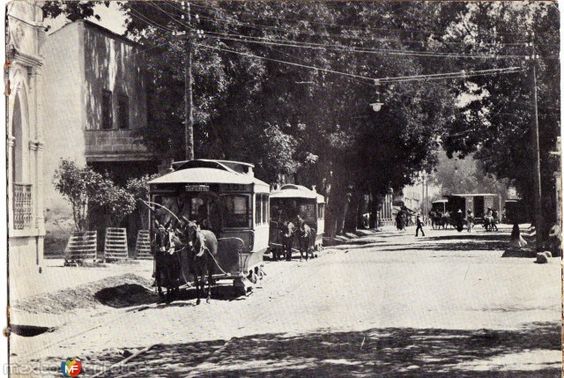
Clavería
Share
Ivan del Rivero
In Mexico, the word clavería referred to the office that collected and distributed the rents of the cabildo in the cathedrals. In turn, the clavero was responsible for keeping the keys of a city or a church. However, it is not common for us to think of those definitions when we hear the word; it is more likely that it reminds us of that historic neighborhood north of Mexico City.
Pride of the entire Chintolo community, the land that saw the birth of the Prince of song among eucalyptus, lemon, and orange trees. This is Clavería, one of the first neighborhoods laid out in the area, which has maintained its vibrant urban landscape for over 117 years.

It was in 1907 when the lands of the Clavería estate, owned by Mr. Juan Antonio Clavería Villarreales, were divided to form the neighborhood that at that time was called Ampliación del Imparcial. During the post-revolutionary period, with a city returning to calm, it was renamed Clavería.
The neighborhood witnessed the birth of the most prodigious voice in Latin America and was also a witness to his bohemian nights wandering the tables of El Chaparral and El Patio. José José would leave his house and accompanied by a couple of friends would walk through the neighborhood singing serenades until the early hours of the morning. Those walks would end at the store of The Torch, in the roundabout or in her beloved Parque de la China, an iconic site that began as an extensive nursery and garden of trees and today boasts the most visited statue of Clavería's pride.
Talking about her is to remember the Cuitláhuac cinema and its three thousand seats, the first branches of Casa de Toño and El Bajío, the huge editorial offer of the Parroquial Bookstore, the market on Irapuato street, Nicos and its celebrated chile en nogada, the prestigious IPADE in the estate of Clavería, and the endless stories that occurred in its small but beloved kiosk.

